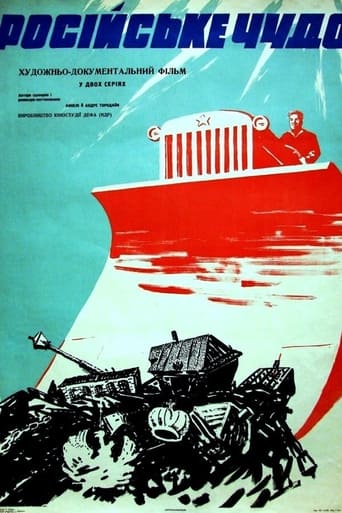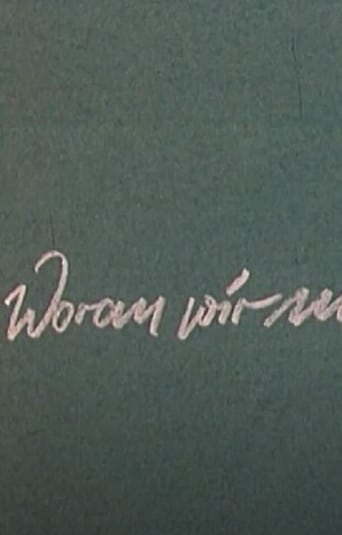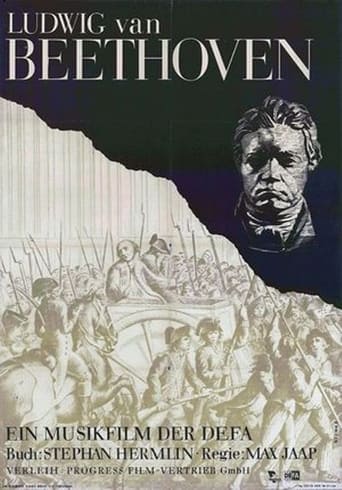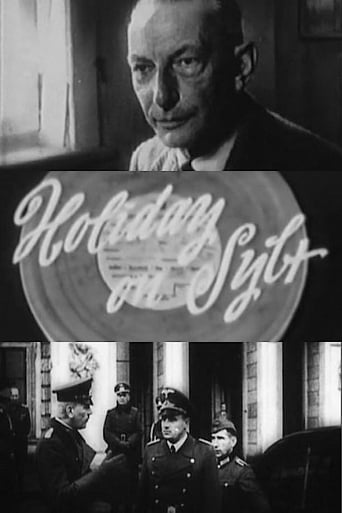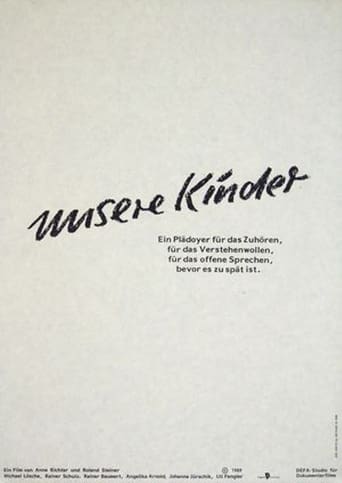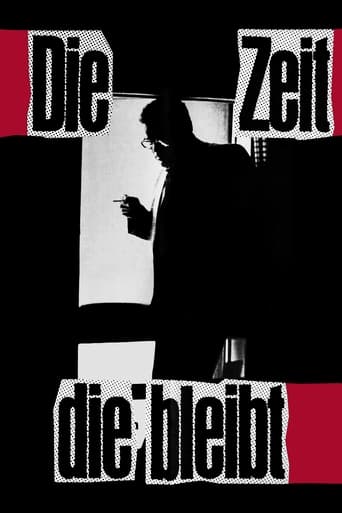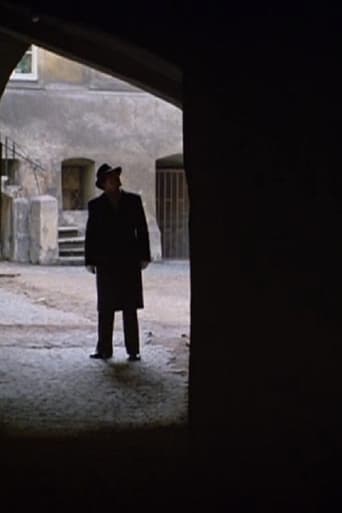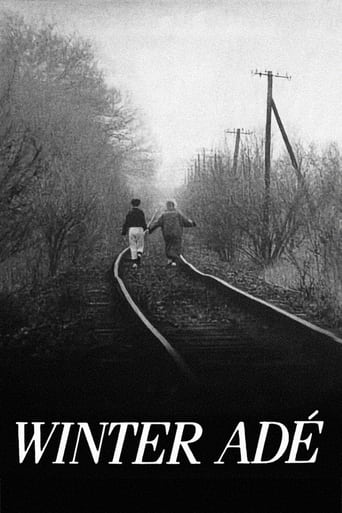DEFA-Studio für Wochenschau und Dokumentarfilme
Lerchenlieder 1981
Mein Kind 1956
Tango Dream 1985
Sitting at her typewriter, listening to tango music, she dreams. Buenos Aires and Montevideo are far away, a different world where, long ago, the tango came into being. A dream about dance and music, as well as about unfulfilled desire and wanderlust behind the Berlin Wall.
Feinstahlwerk Burgas 1989
Documentary about a neck mill in Bulgaria
What We Remember 1984
Nine very private encounters with different people of the post-war generation and their memories of childhood and youth. Among others, the guitarist and singer Peter "Caesar" Gläser and the actress Christine Harbort. Roland Steiner asked his contemporaries about - "What we remember ...". All interviewees are as old as the state they live in. Nine CVs from the GDR are described. They have different professions, from skilled worker and scientist, nurse and saleswoman, actress or rock musician, even a minstrel is included. They remember what shaped them: Family, school, birthdays and hot summers, the happy moments and their own failures.
Furnace Builders 1962
At the Eisenhüttenkombinat Ost an der Oder, a new blast furnace is being moved to replace a burnt-out one. 2000 tons have to be moved 18 meters: Three times we hear it in the commentary. Master Klaus is now in command. His orders are to be obeyed at all costs. Men at work: tense faces, examining hands, the sound of screeching winds and steel cables stretched to breaking point. Everything is going well, and it is a new best performance: The downtime of the plant has been reduced from 80 to 40 days, the commentary says.
Ludwig van Beethoven 1954
Documentary on the master composer, from a GDR point of view.
Song of the Rivers 1954
An allegorical documentary about the workers of the world, whose common destinies and hopes for peace are symbolically united by the rivers that run through their respective lands. The film was shot on the Volga, the Mississippi, the Nile, the Yangtze, the Amazon and the Ganges and combines these images of five continents with the music of Dmitri Shostakovich and the poetry of both Bertolt Brecht and Paul Robeson.
Ehrenmänner 1966
In two chapters the film shows men in divided Germany willing to leave their country. In the first chapter, East-Germans are shown who leave their wives and children behind in order to live in the Federal Republic of Germany. In the second chapter, unmarried West-Germans try to move to the German Democratic Republic.
Vacation in Sylt 1957
Vacation in Sylt is a black and white compilation film about Heinz Reinefarth, a Nazi Party member, high SS police leader of Warthe, and later mayor (1951-1964) of Westerland/Sylt.
Who's Afraid of the Bogeyman 1989
Portrait of a private coal company in East Berlin's Prenzlauer Berg district in 1988/89. The feisty woman boss runs the business with humour and understanding. Her seven male employees respect her. To the outside world, they are all tough guys, but as they describe their jobs and personal situations, above and beyond the hard manual labour, their vulnerability starts to come to light.
Our Children 1989
From an official perspective, marginal youth culture did not exist in East Germany. The topic of subcultures was taboo in the GDR, and groups such as goths, skinheads, anti-skins, punks and neo-Nazis were dismissed as social deviations promoted by western countries. Director Roland Steiner had access to such young East Germans in the late 1980s. Over the course of four years, he brought them before the camera in an attempt to understand what drew them to these groups.
Die Zeit die bleibt 1985
A documentary about German director Konrad Wolf (1925–1982).
Strictly Propaganda 1992
A realistic satire about the path of the German Democratic Republic from its foundation until its 40th birthday. This eye-opening film tells the history of the German Democratic Republic through East Germany's official newsreels and state films.
Do You Know Where Herr Kisch Is? 1985
The “Raging Reporter” Egon Erwin Kisch (1885-1948) was one of the most significant journalists of the 1920s and 30s. He wrote from a communist point of view, in language that sparkled with humor. Historic photographs and footage describe Kisch’s eventful journalistic and political life, which brought him to important cities including Berlin, Moscow, Sydney, and New York.
Der gordische Knoten 1991
Die andere Liebe 1989
The only documentary ever made by DEFA on the topic of homosexuality was this public education film commissioned by the Hygiene Museum Dresden and produced in cooperation with East German gay and lesbian activists. In interviews, GDR lesbians and gay men talk openly about their first sexual experiences and coming out. Though the film tries to convey an official GDR acceptance of homosexuality, they also talk about social discrimination against openly gay individuals.
After Winter Comes Spring 1989
A locomotive journey traversing the North to the South of the German Democratic Republic on the eve of its dissolution. Labourers, punks, mothers, intellectuals, young and old are implored to reflect on their life choices, the sacrifices they've made, and their place in the world. Despite everything, hope persists.
Elektrisch betriebene Strecken der Eisenbahn 1989
Short film about electric railroad lines
